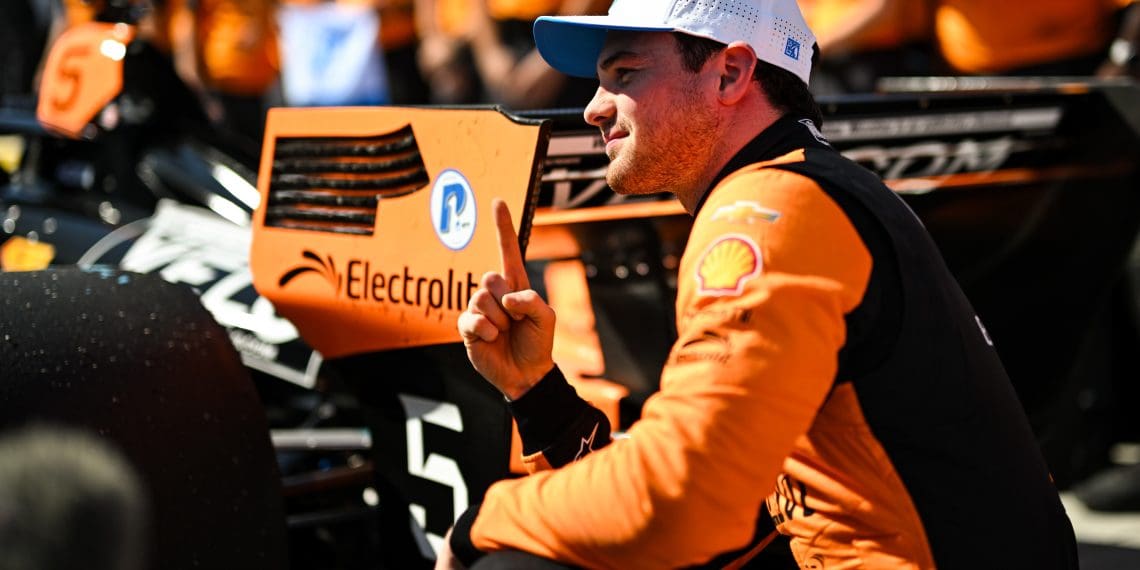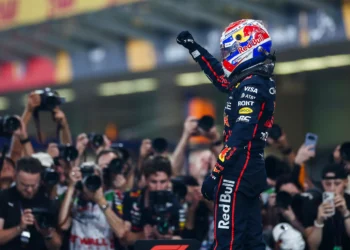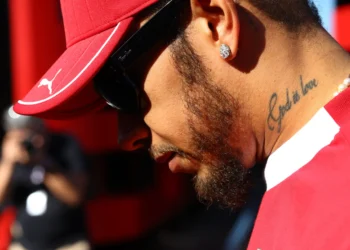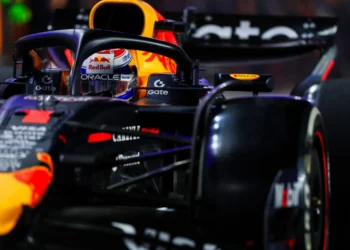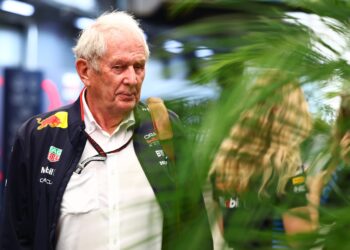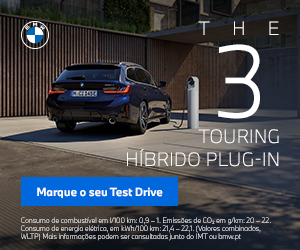Pato O’Ward, the celebrated Mexican IndyCar racer, is going through a rough patch with his qualifying form. Despite having five IndyCar Series pole positions under his belt, the last one dates back to almost three years ago on the Mid-Ohio road course. To make matters worse, his lackluster start to the season has put his qualifying skills in the spotlight, begging for an immediate fix.
O’Ward’s performance at St. Pete was far from his best. The young racer minced no words in describing it as “horrible,” a term he used twice for emphasis. He further lamented the bad luck he encountered during the race when a crash caused by another racer resulted in a puncture for him. The aftermath saw him at the bottom of the pack, one step away from being lapped within the initial 20 laps. Despite these setbacks, O’Ward displayed a commendable fighting spirit, making his way up to the 11th spot.
The young racer stressed that his poor qualifying form wasn’t due to a lack of speed. In fact, he clocked the fastest race pace overall. However, he noted that in IndyCar, a bad qualifying round can be quite penalizing. The situation is made worse when other factors, like a puncture, come into play, hampering tire strategy and making the race an uphill battle.
O’Ward, known for his lightning-quick reflexes and aggressive racing style, acknowledges this anomaly. His track record includes three victories last year and an impressive performance at St. Petersburg. However, he believes he could have secured more podium finishes and wins if he could consistently qualify among the top contenders with the No. 5 Arrow McLaren Chevy.
Reflecting on his recent struggles, O’Ward couldn’t pinpoint the exact cause. He mentioned that he has always performed well in qualifying rounds and struggled to maintain the momentum during the race. However, lately, he finds himself battling through the races to secure podium finishes and victories. His ultimate aim is to be among the first five cars consistently, a goal he is striving towards despite the current hurdles.
In his introspection, O’Ward wondered if the Dallara DW12 chassis with its tail-heavy hybrid might be part of the problem. Being a driver who thrives on a fast-reacting front axle and quick oversteer response, the added 105 pounds at the rear end of the cars could be a challenge for him to adapt to.
The rearward weight bias has made the cars prone to spinning, something that O’Ward has previously been able to handle. He suggested that his car needed to be in a different window for qualifying, as his usual strategies didn’t seem to work with the hybrid.
The hybrid car has indeed given him trouble, with inconsistent front row performances. Despite these challenges, O’Ward remains undeterred. He is determined to work on his qualifying form, aiming to rectify the situation sooner rather than later. After all, confidence and determination are key in the high-speed world of IndyCar racing.

